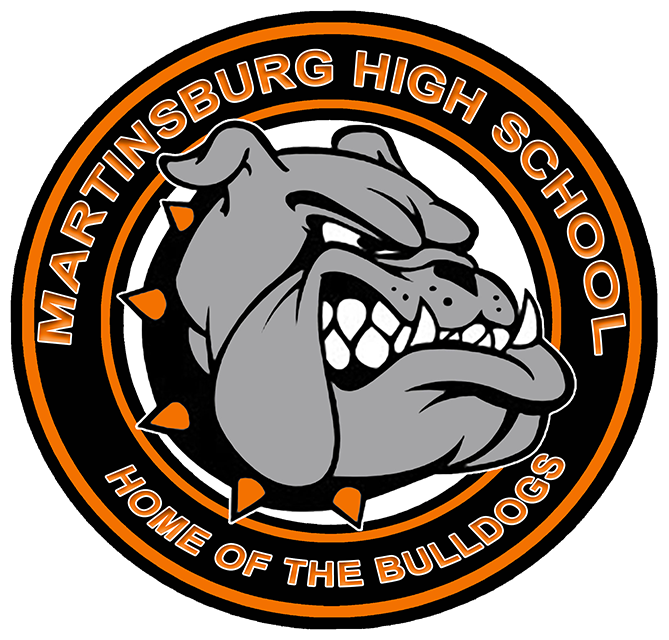Story by Ainsley Hall
MARTINSBURG — Melissa Gantt, a science teacher at Martinsburg High School, put together a special science project for her students, where they can see how plants grow in deep space.
During the summer a few years ago, Gantt was looking for different projects online when she found one with the National Aeronautics and Space Administration (NASA).
“I like looking for projects during the summer,” Gantt said. “I saw the NASA project and applied. I didn’t realize it would lead to two to three weeks of training.”
When she moved over to Martinsburg High School this year, she decided to do it again. One major difference in the project this year is that they are using seeds exposed to radiation, though not enough to cause any harm. Gantt and her students took irradiated mustard seeds and regular mustard seeds and planted them in a special soil and put them in a chamber to replicate a deep space environment.
As the plants grow, students will take notes on how the plants react and will report their findings back to NASA.
“I hated science in school,” Gantt said. “We didn’t do a lot of experiments, and it was mostly bookwork. When I got older, I realized that science can be interesting with more hands-on projects. That’s what I want to lean toward in my classroom.”
After asking students to sign up to participate, 13 students volunteered to help with the project. Throughout the project, students will communicate through Schoology, an online program where they can post updates.
Students stayed after school to help start the project by mixing the soil, planting the seeds, putting them in the special grow chamber and making their initial notes and observations.

